Disclosure: This article contains affiliate links. We may earn a commission from purchases at no extra cost to you, which helps our travel content.
As someone who spends most workdays surrounded by network cables and server rooms in Newark, there's nothing that resets my mental cache quite like disconnecting from the digital world and reconnecting with nature. Last fall, I stumbled upon St. Albans, Vermont—a place where the mountains aren't competing for Instagram fame but absolutely deserve it. With my hiking boots laced tight and my network engineer's methodical approach to trail mapping, I set out to document this overlooked hiking paradise that offers technical trails without technical prices.
Why St. Albans Should Be on Your Hiking Radar
While the Green Mountain State is no secret to outdoor enthusiasts, St. Albans remains delightfully under the radar compared to Vermont's more famous destinations. Located in Franklin County, just 15 miles from the Canadian border, this town serves as the perfect base camp for exploring the northern reaches of the Green Mountains.
What makes St. Albans special is its accessibility to diverse terrain without the crowds. During my week-long stay, I encountered more wildlife than fellow hikers—a refreshing change from the congested trails of more popular destinations. The town itself has a rich history dating back to the 1700s, with several historical markers that detail everything from the northernmost Civil War battle to its role in the Underground Railroad.
For budget travelers, St. Albans offers tremendous value. I stayed at a charming Airbnb just outside the town center for less than $75/night, a fraction of what you'd pay in Burlington or Stowe during fall foliage season.
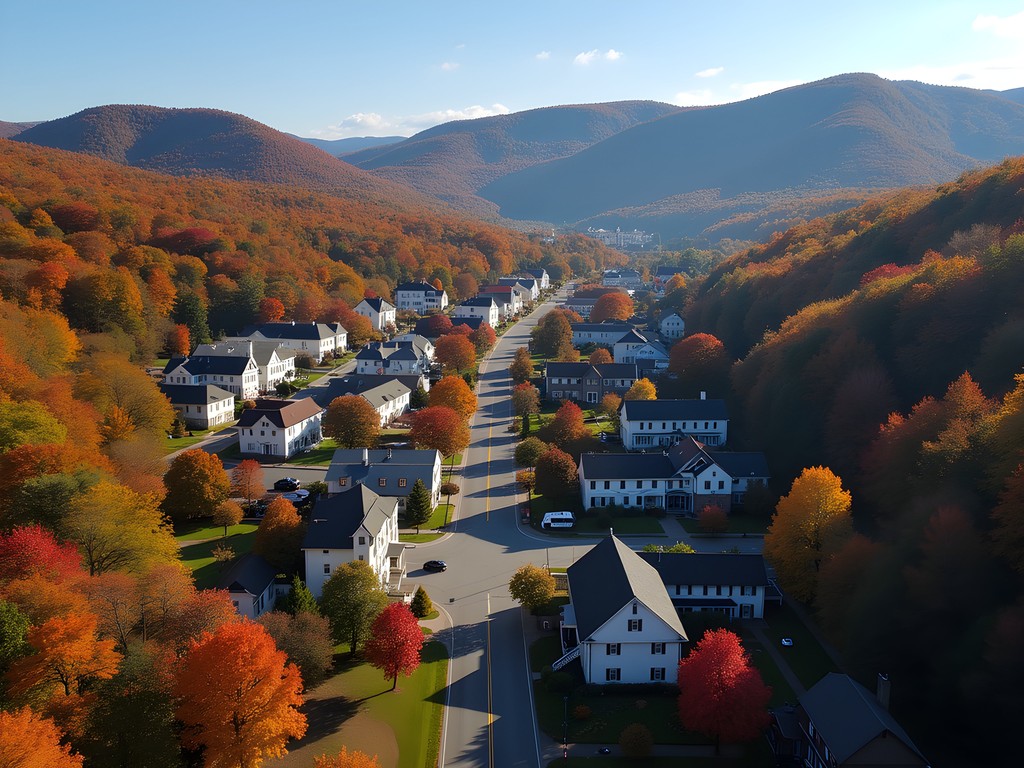
💡 Pro Tips
- Book accommodations at least 2 months in advance for fall visits to secure budget options
- The St. Albans Historical Museum offers free maps of historical hiking routes
- Many trails are dog-friendly, but always check regulations before bringing pets
Aldis Hill: The Perfect Starting Point
If you're like me and want to systematically explore an area's trails, Aldis Hill is your logical entry point. This 400-foot elevation gain serves as an excellent warm-up and offers surprisingly diverse ecosystems within its compact trail network.
My first morning, I hit the trails at sunrise with my headlamp lighting the way. The pre-dawn start was worth it—the morning light filtering through the maple canopy created a cathedral-like glow as the trees transitioned from green to gold to fiery red.
The 2.5-mile loop trail features well-maintained paths with interpretive signs detailing the area's geological history. As a network engineer, I appreciate systems that work efficiently, and this trail network is brilliantly designed with clear markers and strategic viewpoints. Don't miss the eastern lookout, which provides a panoramic view of St. Albans Bay and Lake Champlain—perfect for calibrating your bearings before tackling more challenging terrain.
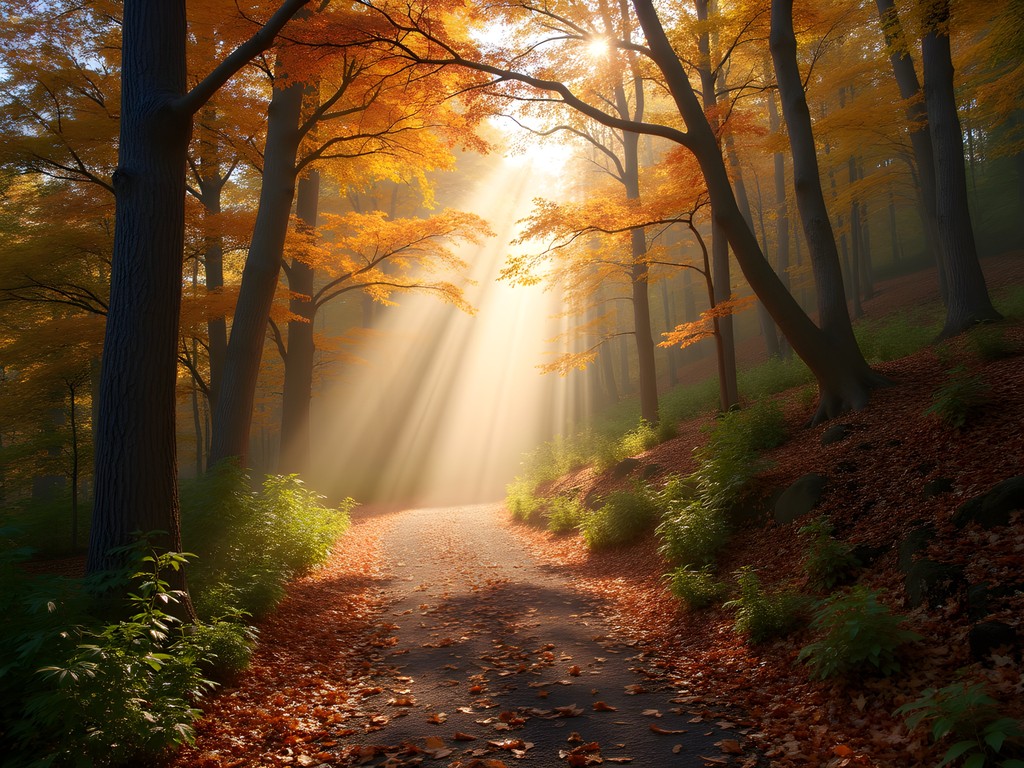
💡 Pro Tips
- Start at the Hard'ack Recreation Area for the most straightforward access to trailheads
- The east-facing viewpoints offer the best sunrise photography opportunities
- Trail markers are color-coded: follow blue for the scenic route, yellow for the most direct paths
Tackling Cold Hollow Mountains: For the Intermediate Hiker
After warming up on Aldis Hill, I was ready for a more substantial challenge. The Cold Hollow Mountains, part of the northern Green Mountain range, offer intermediate trails that deliver serious elevation gain without requiring technical climbing skills.
The Beaver Meadow Trail became my favorite day hike—a 7.5-mile out-and-back route with approximately 1,800 feet of elevation gain. What makes this trail special is how it traverses multiple ecological zones, from hardwood forests to alpine meadows, with several stream crossings that required careful navigation.
I set out with my trekking poles, which proved invaluable on the steeper sections. As someone who troubleshoots networks for a living, I couldn't help but appreciate how the trail was designed to manage water runoff—preventing erosion while creating picturesque micro-waterfalls after recent rainfall.
The summit offers a 360-degree panorama that includes views into Canada on clear days. I spent an hour at the top, documenting the layers of mountains fading into the distance while enjoying lunch from my food thermos (hot soup is a game-changer on chilly autumn hikes!).

💡 Pro Tips
- Layer clothing for rapidly changing mountain weather—I experienced a 20°F temperature swing in one day
- The trail can be muddy after rain; waterproof footwear is essential
- Cell service is nonexistent on most of the trail—download offline maps before heading out
Historical Hiking: Combining Exercise with Education
What sets St. Albans apart from other hiking destinations is how seamlessly the natural environment intertwines with historical significance. The area played a pivotal role in early American history, from Native American settlements to Revolutionary War movements and the Underground Railroad.
I dedicated one day to following the St. Albans Historical Society's recommended route, which connects several historical markers via moderate hiking paths. Starting at the Taylor Park trailhead, I followed a 4-mile loop that includes the site of a Confederate raid during the Civil War—the northernmost battle of the conflict.
As someone fascinated by how technology and history intersect, I was particularly intrigued by the remnants of old telegraph lines that once connected this remote area to the wider world. It's humbling to trace these early communication networks while carrying my modern GPS device with thousands of times more computing power than what put humans on the moon.
The historical society offers guided hikes on weekends during peak season (reservation required), but I preferred exploring with their detailed trail guide, which includes historical photographs for before-and-after comparisons of key landmarks.
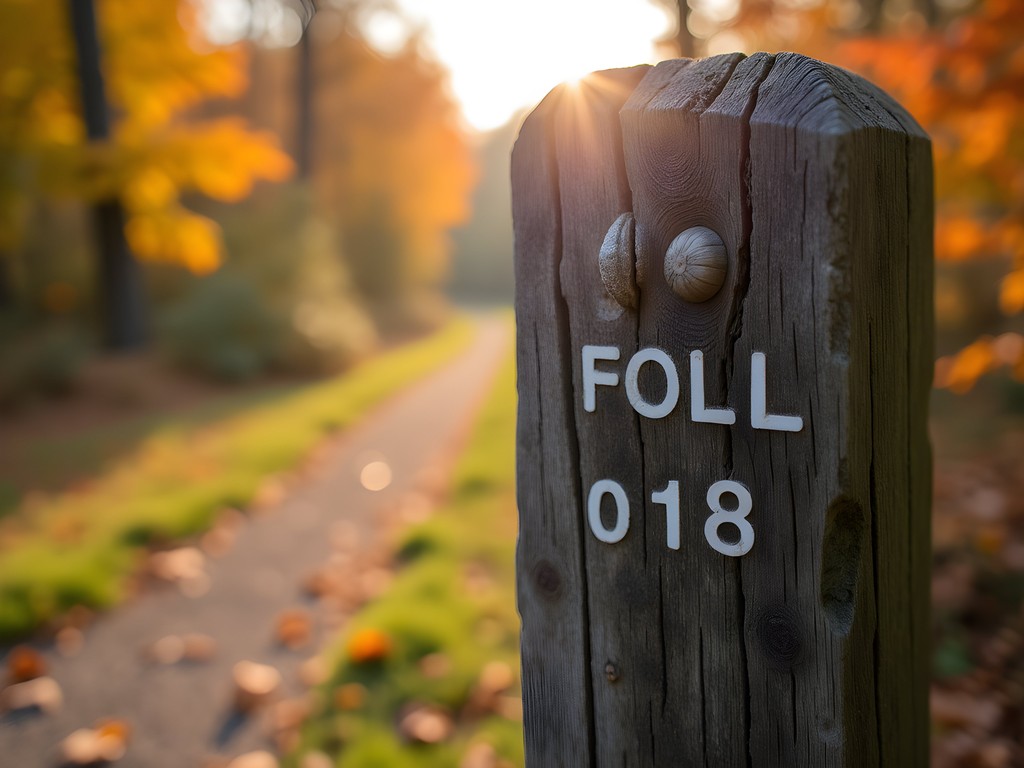
💡 Pro Tips
- Download the free St. Albans Historical Hiking app for self-guided tours with audio narration
- Visit the local historical society first for context and updated trail conditions
- Carry small binoculars to spot architectural details on distant historical structures
Budget-Friendly Tips for Solo Hikers
As a budget traveler who values experiences over luxury, I've developed strategies for maximizing adventure while minimizing expenses. St. Albans proved to be incredibly affordable compared to Vermont's more touristy destinations.
Accommodation was my biggest saving: I alternated between a budget-friendly Airbnb and two nights at Green Mountain Campground ($22/night for tent sites). The campground offers hot showers and a community kitchen, making it comfortable even for those new to camping.
For gear, I brought my trusty hiking backpack, which has the perfect capacity for day hikes while keeping essentials organized. Rather than eating out every night, I stocked up at the local farmers' market (Saturdays, 9am-2pm) and prepared simple meals using the portable stove I always travel with.
Transportation can be tricky without a car, but St. Albans is accessible via Amtrak's Vermonter line, and once in town, many trailheads are within walking distance or a short bike ride. The local outdoor shop offers bike rentals for $25/day—well worth it for accessing more remote starting points.
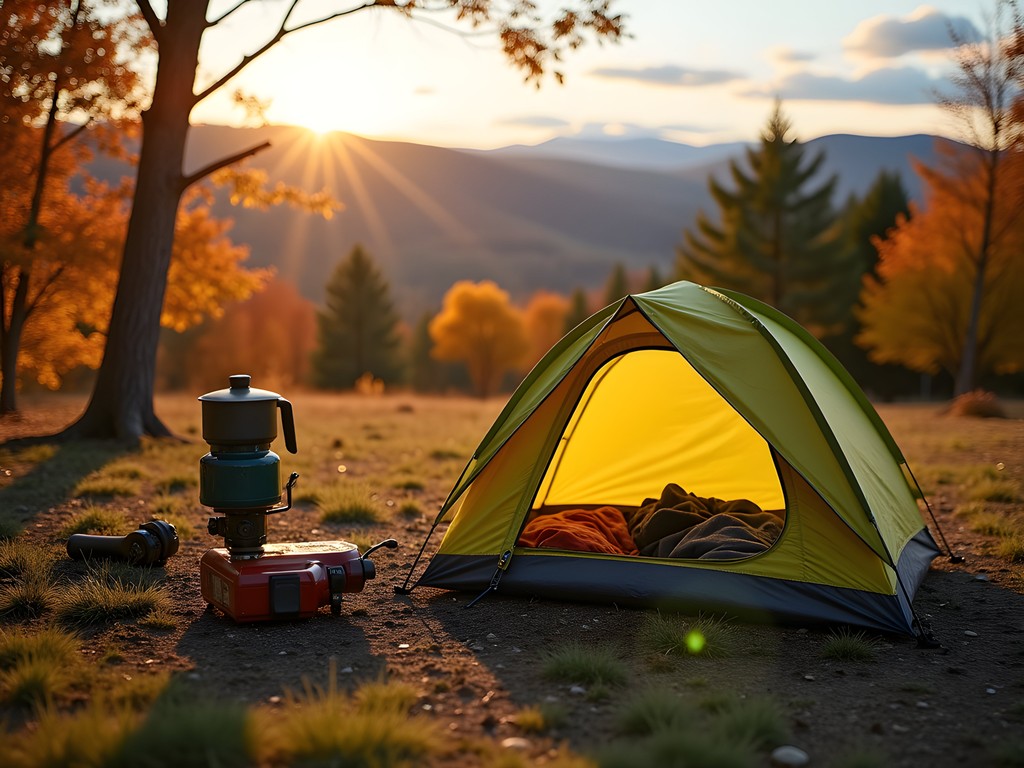
💡 Pro Tips
- The town library offers free WiFi and a quiet place to plan routes or back up photos
- Many trails have potable water sources, but always carry a filter for safety
- The Maple City Diner offers a 'Hiker's Breakfast' special before 7am—fuel up for just $7.99
Final Thoughts
St. Albans represents everything I love about travel—authentic experiences, historical depth, natural beauty, and budget-friendly options that don't compromise on quality. As I packed up my gear and downloaded my trail data (old habits die hard for this network engineer), I couldn't help but feel grateful for discovering this hidden corner of Vermont's mountain landscape.
What makes these trails special isn't just their physical beauty but the stories they tell—of geological formation, historical significance, and ecological resilience. Whether you're a serious hiker looking for challenging terrain or a casual nature lover seeking accessible beauty, St. Albans delivers with refreshing authenticity.
As the fall foliage fades and winter approaches, these trails transform rather than close—snowshoeing and winter hiking offer entirely new perspectives on the same landscapes. I'm already planning a return trip to experience St. Albans in a different season, to see how the network of trails adapts to winter's embrace. Until then, I'll be troubleshooting networks in Newark with the mental screensaver of Vermont's hidden peaks playing in my mind.
✨ Key Takeaways
- St. Albans offers exceptional value for budget travelers with affordable accommodations and accessible trails
- Fall foliage season (late September to mid-October) provides the most dramatic landscapes but requires advance booking
- Combining historical sites with natural trails creates a richer, more educational hiking experience
📋 Practical Information
Best Time to Visit
Mid-September to late October for fall foliage; June-August for warmest hiking conditions
Budget Estimate
$500-700 for a week (including modest accommodations, food, and transportation)
Recommended Duration
5-7 days to explore major trails and historical sites
Difficulty Level
Intermediate (Most Trails Require Moderate Fitness But No Technical Skills)


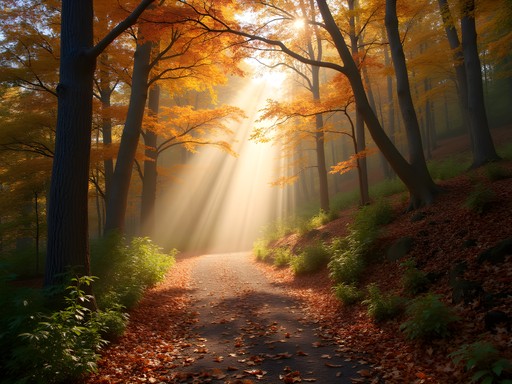

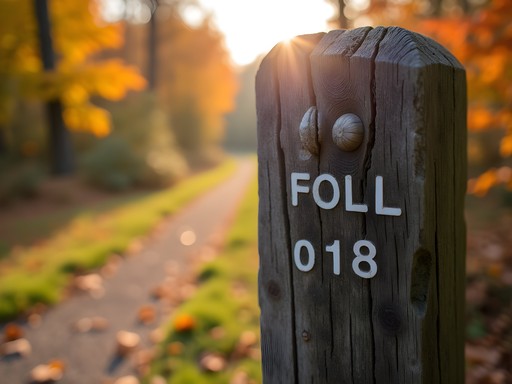
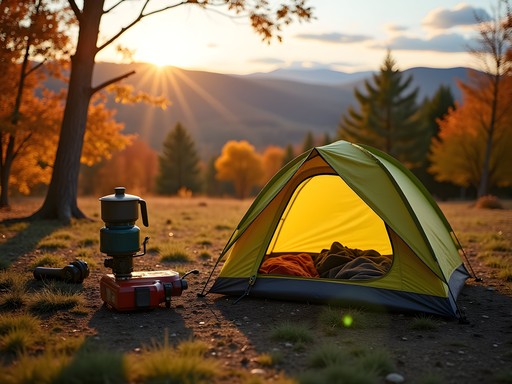


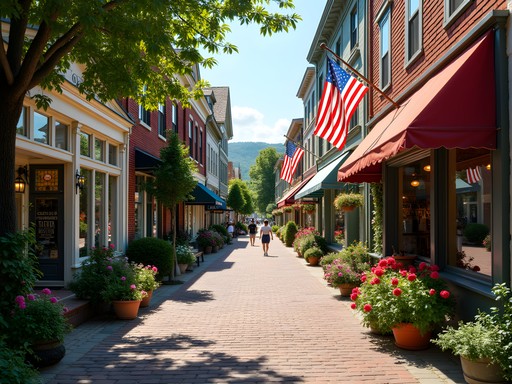

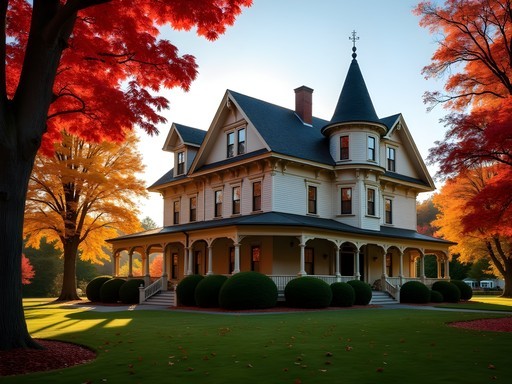


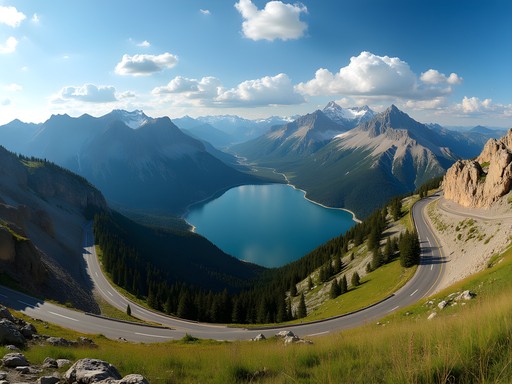
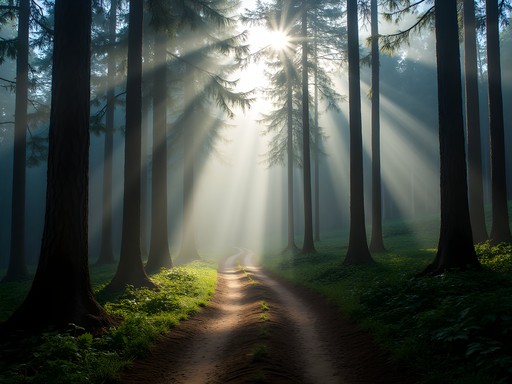

Comments
Sage Dixon
Jennifer, this post brought back so many memories! I hiked the Cold Hollow trail system last winter and it was a completely different experience than your summer photos show. The snow-covered pines created these magical tunnels along the narrower paths. For anyone planning a winter visit, the historical markers Jennifer mentioned are mostly still visible even in snow, and the stories add such depth to the hike. One tip I'd add: the local historical society in St. Albans sometimes offers guided "history hikes" on the first Saturday of each month. Worth checking their calendar if you're interested in the area's fascinating railroad and agricultural past. The guide pointed out ruins and features I would have completely missed on my own!
Jennifer Thomas
Thanks for sharing that about the guided history hikes, Sage! I had no idea they were doing those now. Definitely adding that to my list for my winter return trip.
cooltime
Those history hikes sound awesome! Just checked and they're running them through December too. Booked one for our trip!
islandone7389
Just hiked Aldis Hill last weekend and your guide was spot on! Those hidden viewpoints you mentioned were worth finding. The trail markers were a bit faded in some spots though. Did anyone else notice that? Also, we found this amazing little bakery right in town called "Maple Street Baking" that makes incredible post-hike treats. Perfect for refueling!
Sage Dixon
I noticed those faded markers too when I was there in June! I actually used my Gaia GPS Premium as backup navigation which worked great in those patchy areas. And YES to Maple Street Baking - their maple scones are life-changing after a cold morning hike!
islandone7389
Good call on the GPS backup. We'll try those maple scones next time!
cooltime
Great post! How are the trails in early October? Planning a trip and wondering about fall colors.
Jennifer Thomas
October is absolutely magical there! Peak foliage is usually mid-October, and the Cold Hollow trail gives you the best panoramic views of the colors. Just pack some extra layers as mornings can be quite chilly.
cooltime
Thanks Jennifer! Looking forward to those fall colors. Will definitely bring warm layers.
mountainadventurer4548
Just got back from St. Albans and followed your recommendations! Aldis Hill was perfect for my fitness level. I chickened out on Cold Hollow though - maybe next time when I'm more experienced. The historical markers were so interesting, especially learning about the northernmost Civil War battle. Thanks for putting this place on my radar!
Jennifer Thomas
So glad you enjoyed it! Aldis Hill is my favorite for a quick nature fix. Cold Hollow will be waiting for your next visit! Did you try any of the local restaurants?
mountainadventurer4548
Yes! Had dinner at Twiggs - amazing farm-to-table food. Perfect after a day of hiking!
HikingNewbie22
Those fall colors in your photos are incredible! Is October the best time to visit?
Jennifer Thomas
Thanks! Mid to late October is usually peak foliage in St. Albans, but it varies year to year. The first two weeks are generally a safe bet!
TravelWithKids
Would you recommend any of these trails for families with young children (ages 6 and 8)? We're planning a Vermont trip this fall.
Jennifer Thomas
Aldis Hill has some gentler loops that would be perfect for kids! The historical markers along the way make great stopping points too. Just stick to the blue blazed trails for the easiest routes.
VTHikingFan
I'll second that! My kids loved the Aldis Hill trails. There's also a small nature center at the base that sometimes has weekend programs for children.
VTHikingFan
Great post! If anyone's heading to the Cold Hollow area, the trail markers can be a bit faded in some sections. I recommend downloading the trail map before you go since cell service gets spotty.
Sophia Gomez
Jennifer, this post couldn't have come at a better time! I'm planning a business trip to Burlington next month and was looking for a weekend escape. St. Albans seems perfect! I particularly appreciate your seasonal breakdown. I'll be there in early fall and your tip about bringing layers for Aldis Hill is exactly what I needed to hear. During my last hiking trip in Vermont, I learned the hard way about New England weather changes. I ended up using my waterproof jacket three times in one day despite starting in sunshine! Did you find any good coffee shops in town for post-hike recovery? That's always my reward after a good trail.
Jennifer Thomas
Thanks Sophia! Yes, definitely check out Catalyst Coffee Bar downtown. It's my go-to spot after hiking Aldis Hill. Their maple latte is perfect after a chilly morning on the trails!
Sophia Gomez
Maple latte sounds divine! Adding it to my itinerary, thanks!
mountainadventurer4548
St. Albans looks amazing! Never thought about Vermont for hiking but now it's on my list!
Sophia Gomez
It's such an underrated spot! I visited last year during fall and the colors were absolutely breathtaking. Definitely worth considering for your list!
mountainadventurer4548
Did you try the Cold Hollow trail? Wondering if it's too difficult for a beginner like me.
springking
Just finished the Cold Hollow trail yesterday based on this recommendation and WOW! The views are incredible, especially from the northern lookout point. We saw a family of deer about halfway up too. One thing I'd add - bring more water than you think you need. The elevation gain is steady and we went through our bottles faster than expected. Definitely adding St. Albans to my regular hiking rotation!
Jennifer Thomas
So glad you enjoyed it! The wildlife sightings are always a highlight. Great tip about the water - the humidity can really sneak up on you.
Venture X
Premium card with 2X miles, $300 travel credit, Priority Pass